Oceanía/Nueva Zelanda/14 de Agosto de 2016/Autora: Karoline Tuckey/Fuente: Stuff
RESUMEN: Una asociación entre un revolucionario iwi y un grupo de escuelas pretende inyectar riqueza en la enseñanza convencional, proporcionando un contenido maorí más relevante. Mediante la combinación de tikanga (comprensión, el conocimiento y la cultura) el contenido de las iwi, y la experiencia de los profesores en la entrega, el equipo pretende crear un nuevo plan de estudios para proporcionar una experiencia de aprendizaje relevante a nivel local, más plena y total, dijo Vanessa Pitt, que es el principal de la escuela de Milson, la escuela que dirige el proyecto. En febrero, ocho escuelas primarias Manawatu firmaron un memorando de entendimiento con Rangitane o Manawatu para trabajar juntos en el proyecto. Desde entonces al proyecto le fue concedido $ 184,755 del Fondo nacional de Led-Maestro-Innovación, y el último mes de trabajo se dirigió hacia el desarrollo de contenidos. El proyecto tendrá una duración de dos años, y el primer contenido podría ser introducido dentro de las ocho escuelas a principios del próximo año. Se cree que es el primer proyecto en el plan de estudios ha sido desarrollado formalmente en asociación con una iwi.»Hay evidencia muy fuerte de que la educación no es una solución fácil, que no es una sola talla para todos, especialmente alrededor de la práctica culturalmente sensible», dijo Pitt. «Mientras que el sistema de educación Nueva Zelanda hace muy bien para la mayoría de nuestros alumnos, también está dejando atrás un número de alumnos, donde la mayoría son estudiantes maoríes. Así que esta es una pieza muy interesante de trabajo.» El contenido en gran medida sería proporcionada por Rangitane, y podría incluir aprender sobre la historia local, nombres de lugares, sitios y eventos significativos, las estatuas en la plaza, las historias del Tararua y rangos Ruahine, la importancia del río Manawatu, y la preocupación por su estado contaminado, y conceptos importantes para los maoríes te ao (el mundo maorí). Uno de los puntos fuertes del proyecto fue la amplia gama de diferentes habilidades y perspectivas que el personal de todas las escuelas aportó al proyecto, dijo. «Creo que lo que estamos haciendo es importante, porque estamos todos los neozelandeses que viven en la sociedad de Nueva Zelanda, por lo que necesitamos tener una comprensión de toda nuestra historia y el contexto. «No es a expensas de otras culturas – no va a haber un montón de comparaciones y aprender acerca de lo que sucede para usted y estudiantes de otras culturas, se trata del valor de aceptar la diferencia y la celebración de la diversidad. «La gente se preocupa es una cosa o la otra – por qué no puede ser al mismo tiempo creo que realmente va a reforzar nuestra enseñanza?».
A revolutionary partnership between an iwi and a cluster of schools aims to inject richness into mainstream teaching by providing more relevant Maori content.
By combining tikanga (understanding, knowledge and culture) content from iwi, and teachers’ expertise in delivery, the team aim to create new curriculum material to provide a locally relevant, more full and inclusive learning experience, said Vanessa Pitt, who is principal of Milson School, the school leading the project.
In February, eight Manawatu primary schools signed a memorandum of understanding with Rangitane o Manawatu to work together on the project.
Since then the project was granted $184,755 of funding from the national Teacher-Led-Innovation Fund, and last month work started toward content development.
«[Students] are going to find out what’s important in our area, why it’s important, and it’s around developing those cultural understandings, and a feeling of connection and belonging,» Pitt said.
The project will last two years, and the first content could be introduced within the eight schools at the beginning of next year. It is thought to be the first project where curriculum has been formally developed in partnership with an iwi.
«There’s really strong evidence that education is not an easy solution, it’s not a one-size fits all, especially around culturally responsive practice,» Pitt said.
«At the heart of it is good teaching and good practice, and to have a truly equitable system it has to work for every child, so it’s up to the professionals that if something’s not working, to change what we’re doing – too much in the past we attempted to change the child, instead of taking on the responsibility.»
Ministry of Education directives require schools to develop culturally responsive education, Pitt said, but this was a work in progress.
A meeting of Manawatu principals and school trustees, held in September last year to discuss how to develop better culturally responsive practice, drew more than 100 people.
«People talked about how much schools wanted to engage with this, but it didn’t feel like there was some official way to go about it. It seemed like it came down to your board of trustees,» said Pitt, who is also the Manawatu Principals’ Association president.
«Schools had a fear of offending, so it was easier not to ask.»
Rangitane Education Team consultant Roly Fitzgerald said iwi was the right place for schools to go to.
«To iwi, education is of the utmost importance for the wellbeing of our people.
«When Ka Hikitia [the Ministry of Education Maori Education Strategy] came out in 2008, all your school principals read it, understood it, knew what it was saying, but didn’t know how to go about it.
«While the New Zealand education system does really well for the majority of our learners, it’s also leaving behind a number of learners, where the majority are Maori learners. So this is a very exciting piece of work.»
Content would largely be provided by Rangitane, and could include learning about local history, place names, significant sites and events, the statues in The Square, the stories of the Tararua and Ruahine ranges, the significance of the Manawatu River, and concerns about its polluted state, and concepts important to te ao Maori (the Maori world).
It was hoped once the project was complete the curriculum developed would be flexible, and could be made available to other schools and as a model for other iwi who wanted to develop their own content.
However, Fitzgerald said to use the Rangitane curriculum content, schools would have to work with Rangitane and join the existing memorandum of understanding.
«The schools have to make it a priority, but the best thing about it from where I sit is that the iwi are here to walk with them, talk with them, hold their hands and be that connection – so they are not left alone, they have that guidance.
«It’s not like taking a book off the shelf and reading it to the class. We want the teachers to understand the whakapapa and genealogy of these stories – that’s just as important as the content itself.»
Pitt said the schools taking part represented a good variance in characteristics and demographics. They are Milson, Parkland, Central Normal, Whakarongo, St James, Awahou, Ross Intermediate and Palmerston North Intermediate Normal schools.
The next step was auditing current practice in the schools, to see what was working, what wasn’t, and to talk together about what was needed and how that might look.
«Lots of learning is going to take place with all that are involved,» Pitt said.
The funds awarded from the Teacher-Led Innovation Fund had covered the cost for experts in curriculum design and ‘teaching as enquiry’, and for teachers to be released from class to attend workshops to participate in the development.
One of the strengths of the project was the wide range of different skills and perspectives which staff from all the schools brought to the project, she said.
«I think what we’re doing is important, because we’re all New Zealanders living in New Zealand society, so we need to have an understanding of our entire history and context.
«It is not at the expense of other cultures – there’s going to be lots of comparisons and learning about what happens for you and students from other cultures; it’s about the value of accepting difference and celebrating diversity.
«People worry it’s either one or the other – why can’t it be both? I think it’s really going to strengthen our teaching.»
Fuente: http://www.stuff.co.nz/manawatu-standard/news/83137327/revolutionary-curriculum-partnership-between-iwi-and-schools-under-way
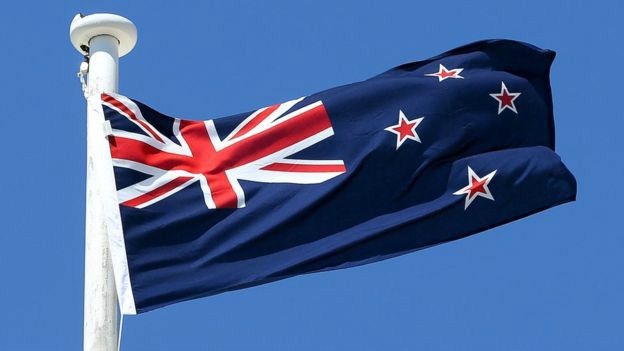
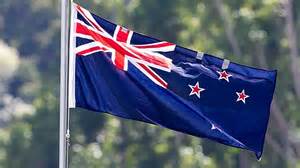
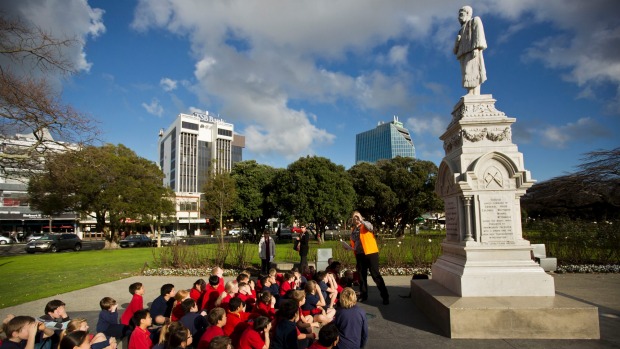
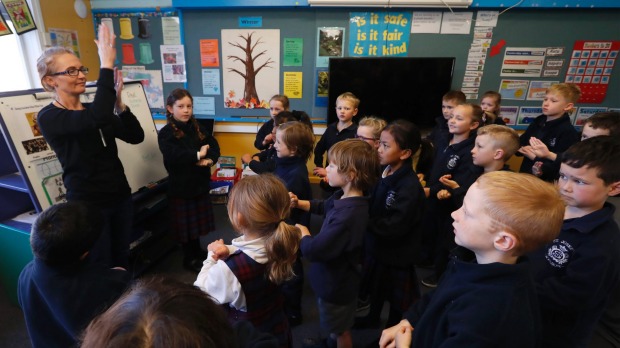
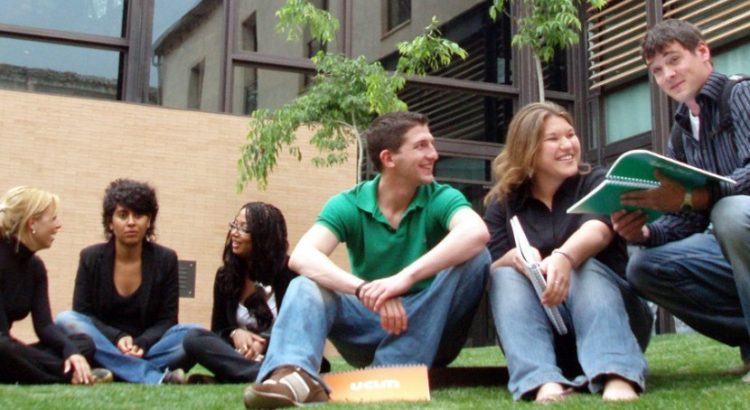
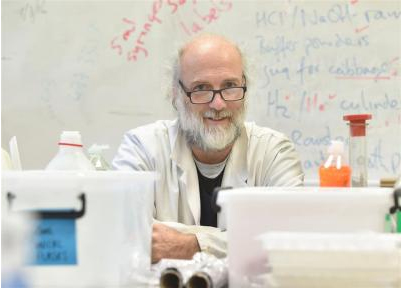





 Users Today : 7
Users Today : 7 Total Users : 35459913
Total Users : 35459913 Views Today : 7
Views Today : 7 Total views : 3418472
Total views : 3418472